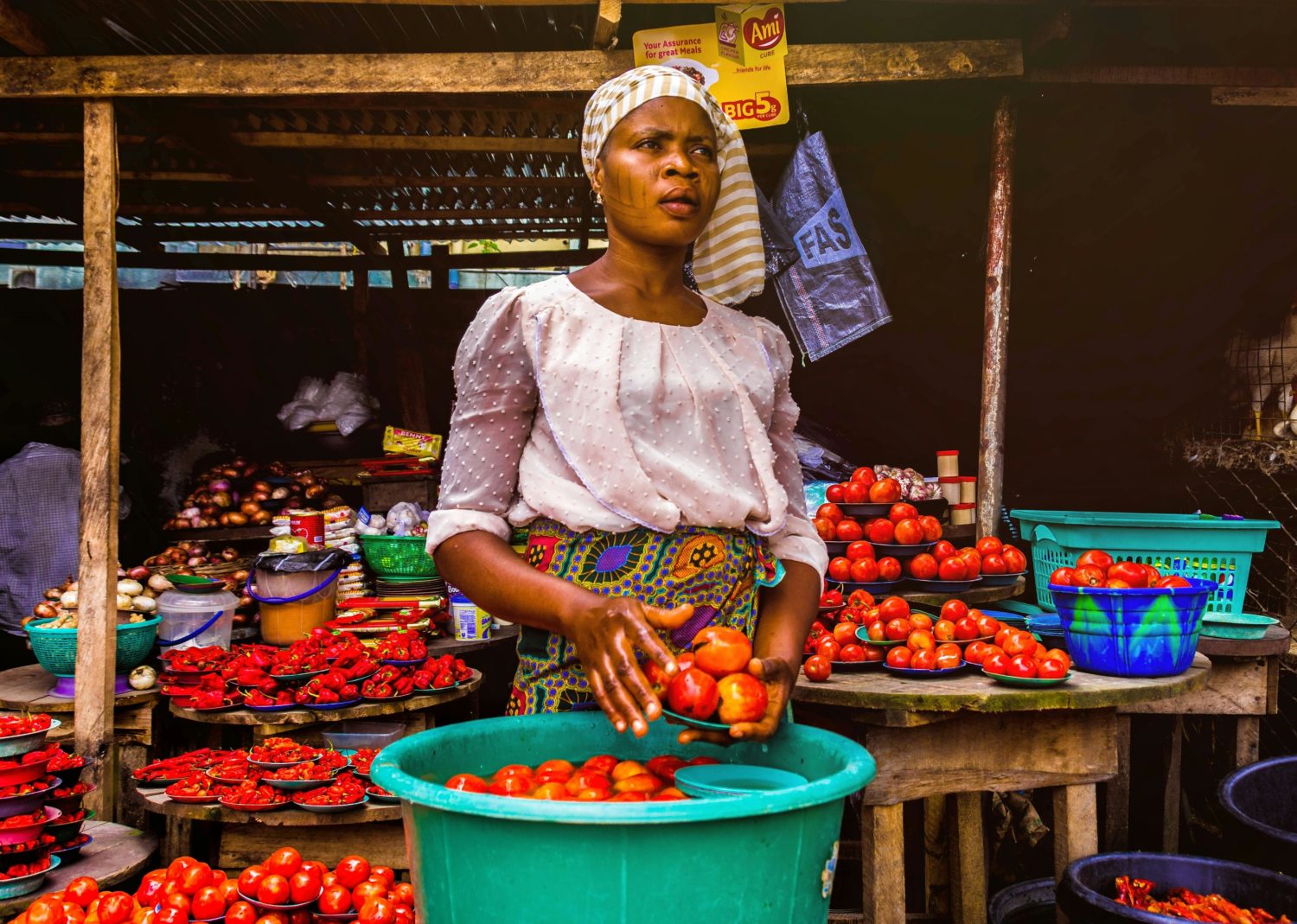
Africa, as a continent, is home to 54 countries, each with their own unique cultures and traditions, especially regarding delicacies.
For instance, the staple meal in the northern part of Africa is bread, while in the western part of Africa, rice meals are the staple and cooked in a variety of ways.
Africa is also blessed with many natural herbs, edible plants, and flowers including including Za’atar, Berbere, Ras el Hanout, Taliouine Saffron, Alnif Cumin, Duqqa, and Mahleb. These native ingredients are just one of the things that make African cuisine so scrumptious and nutritious. This article will unveil the culinary treasures of Africa, and that will give you a glimpse of what to anticipate upon your visit to the awe-inspiring continent of Africa.
Biltong
Biltong is dried beef and typically originates from South Africa. Biltong, commonly known as South African beef jerky, is prepared with red wine vinegar, salt, black peppercorns, chilli flakes, and coriander seeds, and then hung to air dry.
The word biltong can be broken down into two parts: Bil, the Dutch word for rump/ buttock, and Tong, the word for tongue.
The health benefits of biltong are numerous; it is very rich in zinc, iron, B12, B6, and selenium. The air-drying process of preparing biltong preserves the nutrients more than cooking or dehydrating.
Biltong is low in carbohydrates but also low in sugar, unlike some types of synthetic protein bars, which makes it a popular snack for health-conscious people. It can be consumed on its own as a snack but also as a salad topping or even fillings for your sandwiches.
Jollof
Jollof is truly a native of West African countries such as Senegal, Nigeria, and Ghana. It is cooked using large local cast iron pots, which are placed on large chunks of firewood. The smoky heat from the charcoal makes the jollof palatable.
The key ingredients in making the best jollof are tomatoes, peppers, onions, bay leaves, and stock of your choice. Jollof rice is also rich in vitamins and minerals such as vitamin A, vitamin C, iron, and magnesium.
Kontomire and Ampesi
This is a distinctive Ghanaian dish made with cocoyam leaves (kontomire leaves) and boiled plantains and yams (ampesi). Kontomire stew is vegan but can be seasoned with a variety of dried, canned, fresh, and cured/fermented fish known as momoni.
Kontomire and ampesi are packed with nutrients that are key to the proper functioning of the body. It boosts immunity, strengthens bones, fights against cancer, and helps the digestive system function effectively.
Ugali
Ugali is a dense form of porridge made from white maize, maize flour, cassava, sorghum, or millet. It is the diet of people that hail from the eastern part of Africa, thus Kenya and Tanzania.
It is also known as Nsima and can be consumed with vegetables, meat stew, fish, grilled meat, or tomato onion salad. Ugali is gluten-free, vegan, and rich in fibre, carbohydrates, minerals, and Vitamin B.
Ugali is somewhat similar to a dish known as fufu; the only difference is the ingredients used. Fufu is made from whole yams, cassava, and plantains, while ugali has a distinct ingredient of sorghum or millet.
Doro Wat
Doro Wat is a spicy Ethiopian chicken stew and a national dish of Ethiopia. It’s traditionally served with an Ethiopian flatbread called injera. Injera is a spongy pancake made with flour indigenous to Ethiopia. It is used in place of an eating utensil to scoop up the chicken stew.
The key ingredient in Doro Wat is berbere, a fiery, bright red, and flavorful Ethiopian spice blend. Spices, including berbere, have been shown to help reduce or eliminate the harmful effects of contaminants in food and provide a range of health benefits. Doro Wat is also high in fibre and rich in antioxidants, which support the body against infections.
Couscous
The national dish of Morocco is couscous. However, it is also enjoyed in neighbouring countries situated in the northern part of Africa.
Couscous is made of steamed and dried durum wheat and enjoyed with sticky sausages, carrots, leg of lamb, salmon with pea and potato salad, roasted figs, goat’s cheese, courgette, aubergines, or halloumi salad.
The health benefits of couscous include maintaining blood glucose levels, preventing you from going hungry soon, lowering cholesterol levels, and greatly reducing your chance of developing heart disease.
Conclusion
Arguably, there are nearly tens of thousands of dishes in Africa, each with its own unique flavour. The health benefits from these meals are unparalleled; they contribute to the proper functioning of the body and, most importantly, help the brain develop.
Endeavour to visit a country in Ghana once in your life to live this experience first-hand.
The fascinating side of the culinary scene in Africa is that almost all the dishes are cooked from natural ingredients which helps preserve all the micro and macronutrients essential to the proper functioning of the body.







